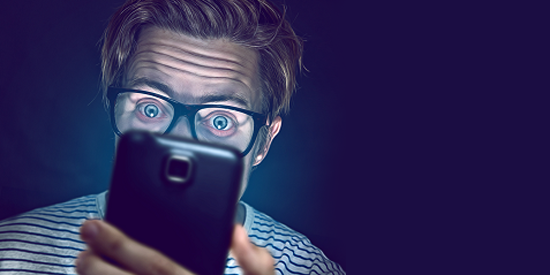In his article, Digital burnout: the new, invisible threat to business, trend analyst Dion Chang says the growing friction between our online and offline words has reached a tipping point.
“This has been a major source of domestic conflict – between spouses, or parents and their children – as one party is inevitably glued to an electronic device during mealtimes or in bed.
“This conflict between the online and offline worlds has not diminished, but we are finally coming to terms with the fact that we now have to exist in two parallel universes: a physical realm in which we are less and less present, and a virtual world where we spend most of our time. Recent research found that we now spend more time on our devices (on average 8 hours and 41 minutes) than we do sleeping.”
Chang believes this always on, always connected lifestyle is fuelling digital burnout.
“It has rewired our brains to be on a permanent multi-tasking mode. Our new default reaction to any spare time is to delve back into cyberspace. Just watch people at an airport, or any place where they are required to wait for any length of time: they will no doubt, be locked into their mobile devices. No one simply stares into space anymore.”
That’s why the digital detox seems to be a rising trend. How should one do it?
Start off by switching off all mobiles, smartphones, tablets, laptops and computers for a certain length of time.
Forbes contributor Frances Booth writes a digital detox should ideally be around 24 hours long as a minimum, but it can be 72 hours or more if you want to build up to that. It is better to plan it, than to make an impulsive decision to undergo a digital detox.
“Choose a time that’s realistic for you to switch off for 24 hours or more. Weekends and holidays are great times to try a digital detox. Put ‘digital detox’ in your diary if it helps. Tell anyone you need to that you’ll be away from your email and smartphone. It’s common for people to announce on social media that they’re about to do a #digitaldetox and you can do that too if you want.”
Booth says it’s also important to repeat this exercise.
“We can’t expect to recharge our batteries just once all year. So plan your next digital detox, and see if you can go further this time. Try two days instead of one, or try making a digital detox a regular part of your week. The best evidence for a digital detox comes from trying it for yourself.
“Once you’ve done so, the chances are you’ll be reaching for the off button again.”

Leave a Reply